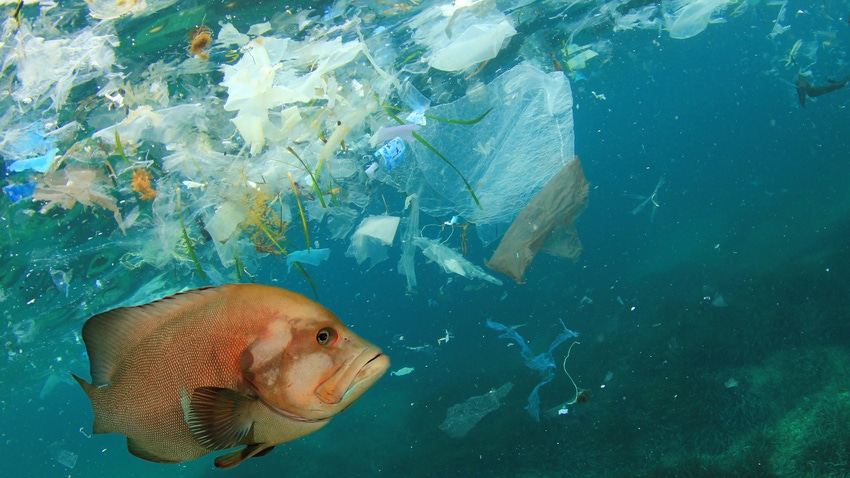This year, Packaging Digest researched community opinions about plastic packaging sustainability because it has captured so much attention around the world from consumers, organizations and governments today.

Sponsored by Packaging Digest
When it comes to plastics and sustainability, packaging professionals are hyper aware there is an attitude or perception problem—69% of respondents in the 2018 Sustainable Packaging Study feel a high level of environmental concern around plastic packaging. And much of that concern is centered around the visible and visceral problem of pollution in our oceans and waterways.
The worry will probably get worse before it gets better. Although 70% believe environmental concerns for single-use plastic packaging are at an all-time high, nearly everyone taking the survey (93%) believes environmental concerns regarding plastic packaging will continue to grow.
Packaging Digest has been partnering with the Sustainable Packaging Coalition for 11 years on this benchmarking study into sustainability and packaging.
Each year, we ask questions about various aspects of general packaging sustainability. Some questions are the same every year to give us a historical picture of where the industry is—and where it is shifting. But each year we also add new questions around the hot topics du jour. This year, we focused on plastic packaging sustainability because it has captured so much attention around the world from consumers, organizations and governments today. Download your free copy of this detailed report below now.
Other key highlights from the Plastics Packaging Attitudes & Challenges section:
• More than three-quarters (78%) of packaging professionals taking our survey say increasing recycling rates is the most effective way to help alleviate these concerns, especially when it comes to pollution in our oceans, seas and streams. For that, 87% say recycling is a viable way to prevent plastic packaging from ending up in marine environments.

• But 55% describe the current state of plastic packaging recycling in the U.S. as “struggling,” with another 9% saying it’s “near death.” How can recycling be plastics’ savior if it is besieged itself?
• If recycling isn’t the end-all be-all, what about bio-plastics? Can they help? The perception is better than the reality. Although 74% say bio-based plastics improves the environmental perception of plastics packaging, only 42% think it improves the reality. However, packaging professionals are looking seriously at bio-plastics, as more technologies are commercialized; as more suppliers mean additional sourcing options; and as costs come down and performance goes up.
• But if bio-plastics aren’t the best solution, should we stop using plastic packaging altogether? Almost half (47%) believe outright banning or regulating single-use plastic packaging is the answer. Will wishing make it so? 59% definitely expect to see additional bans on plastic packaging and another 37% think we might see more bans in the future. That’s 96% who will not be surprised by government intervention in the future.
• Companies are willing to take voluntary action, too. In fact, 64% of respondents say they are already reducing package weight and/or increasing material efficiency. But the effort they are considering the most is to boost their use of bio-plastics, with nearly half (47%) of respondents saying this.
• Members of the Sustainable Packaging Coalition, who are often better informed on eco issues, think the current situation is even scarier than non-members do. But they’re not moving away from plastics and they don’t think that’s the answer. They believe in the potential of the industry initiatives and they’re making the changes they believe are needed.
• No single action—be it recycling, using bio-plastics or supporting bans—will solve the complex situation plastic packaging is in today. It will more likely be a multi-pronged approach. To that end, many programs to address concerns about plastics are already underway that packaging professionals can learn more about and participate in. These include a variety of corporate goals, as well as The New Plastics Economy, the How2Recycle Label and Circulate Capital.
Download your free copy of this detailed report below now.
About the Author(s)
You May Also Like




